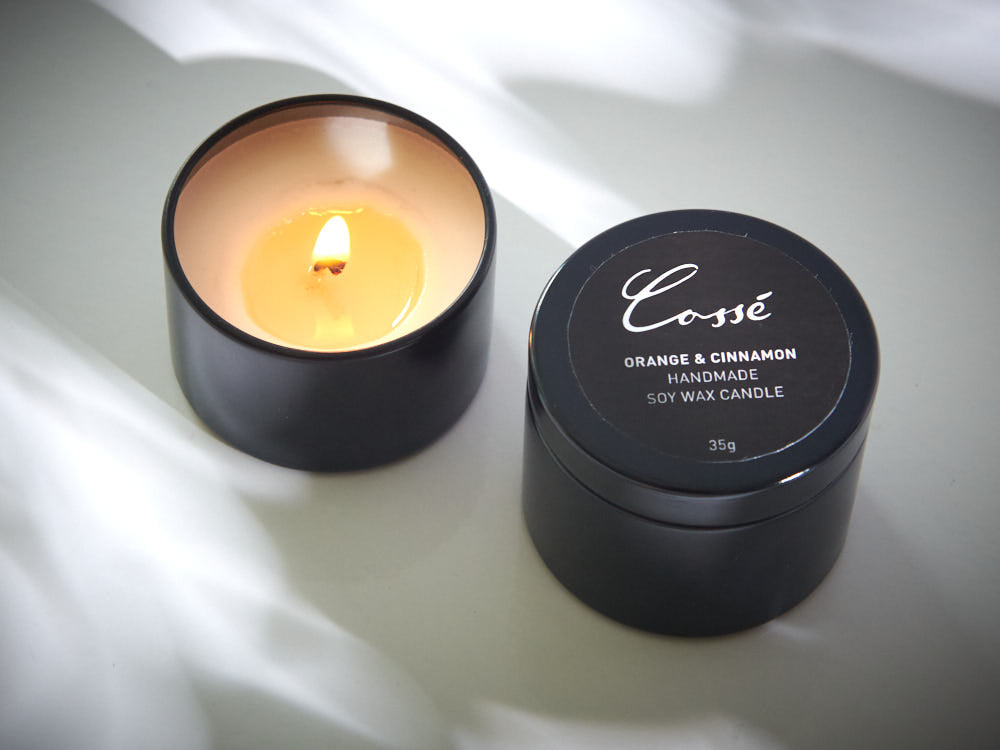Transform Your Home with Eco-Friendly Soy Candles and Home Fragrance
Transform Your Home with Eco-Friendly Soy Candles and Home Fragrance
Blog Article
From Wick to Wax: Recognizing the Chemistry Behind Soy Wax Candles and Their Environmental Effect
As we brighten our spaces with the warm radiance of candle lights, there lies a realm of detailed chemistry behind the relatively straightforward act of lighting a soy wax candle. The choice between soy and paraffin wax extends beyond simple aesthetics, diving into the world of environmental effect and the really composition of the materials. Recognizing the molecular framework of soy wax and its combustion procedure sheds light on the emissions released into our environments. Join us as we untangle the clinical complexities behind soy wax candles and discover their ramifications on our atmosphere.
Soy Wax Vs. Paraffin Wax
When comparing soy wax and paraffin wax for candle making, it is important to understand the distinct qualities and advantages of each material. Soy wax is a natural, eco-friendly resource stemmed from soybean oil, making it biodegradable and eco-friendly - home fragrance. On the other hand, paraffin wax is a result of petroleum refining, which elevates concerns about its environmental influence and sustainability
Soy wax candle lights burn cleaner and emit less residue contrasted to paraffin wax candles, making them a healthier choice for indoor air top quality. Furthermore, soy wax has a reduced melting point, allowing for a longer-lasting candle light that spreads fragrance better. Paraffin wax, on the other hand, has a tendency to shed faster and less cleanly, possibly releasing damaging chemicals right into the air.
From a sustainability viewpoint, soy wax is favored for its biodegradability and sustainable sourcing, lining up with the growing customer preference for ecologically mindful items. While paraffin wax has been a typical option in candle light making because of its price and convenience of use, the change in the direction of environmentally friendly choices like soy wax is gaining momentum in the industry.
Chemical Make-up of Soy Wax

Combustion Process in Soy Candles
The chemical composition of soy wax directly influences the burning procedure in soy candles, affecting factors such as burn time, fragrance launch, and ecological influence. When a soy candle is lit, the heat from the fire thaws the wax near the wick. This liquid wax is then prepared the wick as a result of capillary activity. As the fluid wax gets to the flame, it vaporizes and undergoes combustion. The combustion process includes the vaporized hydrocarbons in the wax responding with oxygen airborne to create warm, light, water vapor, and carbon dioxide.
The burning effectiveness of soy candle lights is influenced by the purity of the soy wax and the high quality of the wick. In addition, soy wax candles have a lower environmental influence compared to paraffin candle lights due to their eco-friendly and renewable nature.

Environmental Benefits of Soy Wax

Taken into consideration a lasting alternative to typical paraffin wax, soy wax offers noteworthy environmental advantages that make it a preferred option amongst eco-conscious consumers. One significant advantage of soy wax is its sustainable sourcing. Soy wax is originated from soybean oil, which is mostly grown in the United States. The farming of soybeans helps sustain local farmers and minimizes the dependency on non-renewable nonrenewable fuel sources used useful source in paraffin wax production. Additionally, soy wax is biodegradable, indicating it damages down normally without launching harmful contaminants into the setting. This particular makes soy wax candle lights an extra eco-friendly option contrasted to paraffin wax candles, which are made from petroleum, a non-renewable source. Soy wax burns cleaner and produces less residue than paraffin wax, adding to better interior air quality and reducing the demand for cleaning and upkeep. In general, the environmental benefits of soy wax line up with the expanding demand for lasting and eco-friendly products in the marketplace.
Recycling and Disposal Considerations
Recycling and correct disposal of soy wax candle lights play a critical role in preserving ecological sustainability and lowering waste in families and communities. When it involves reusing soy wax candle lights, the primary step is to guarantee that the candle light has actually shed entirely. This can be attained by enabling the candle light to shed till the wick is no longer functional, and then letting the continuing to be wax cool and strengthen. As soon as the wax has actually strengthened, it can Get More Info be carefully removed from the container.

In regards to disposal, if recycling is not a choice, soy wax candles are naturally degradable and can be safely thrown away in the majority of family waste systems. Nevertheless, it is always advised to talk to neighborhood reusing centers or waste management solutions for certain guidelines on candle light disposal to make certain appropriate handling and ecological protection.
Verdict
In verdict, the chemistry behind soy wax candle lights reveals their environmental benefits over paraffin wax candles. Soy wax, derived from soybean oil, burns cleaner and produces less residue when contrasted to paraffin wax.
When comparing soy wax and paraffin wax for candle light production, it is important to recognize the distinct qualities and advantages of each product (crystal soy candles).Soy wax candle lights shed cleaner and send out less soot contrasted to paraffin wax candle lights, making them a much healthier choice for indoor air high quality.Taken into consideration a lasting option to traditional paraffin wax, soy wax provides notable ecological advantages that make it a popular option amongst eco-conscious consumers. Soy wax burns cleaner and generates less residue than paraffin wax, adding to better indoor air quality and decreasing the requirement for cleansing and maintenance.In final thought, this hyperlink the chemistry behind soy wax candle lights discloses their ecological advantages over paraffin wax candles
Report this page